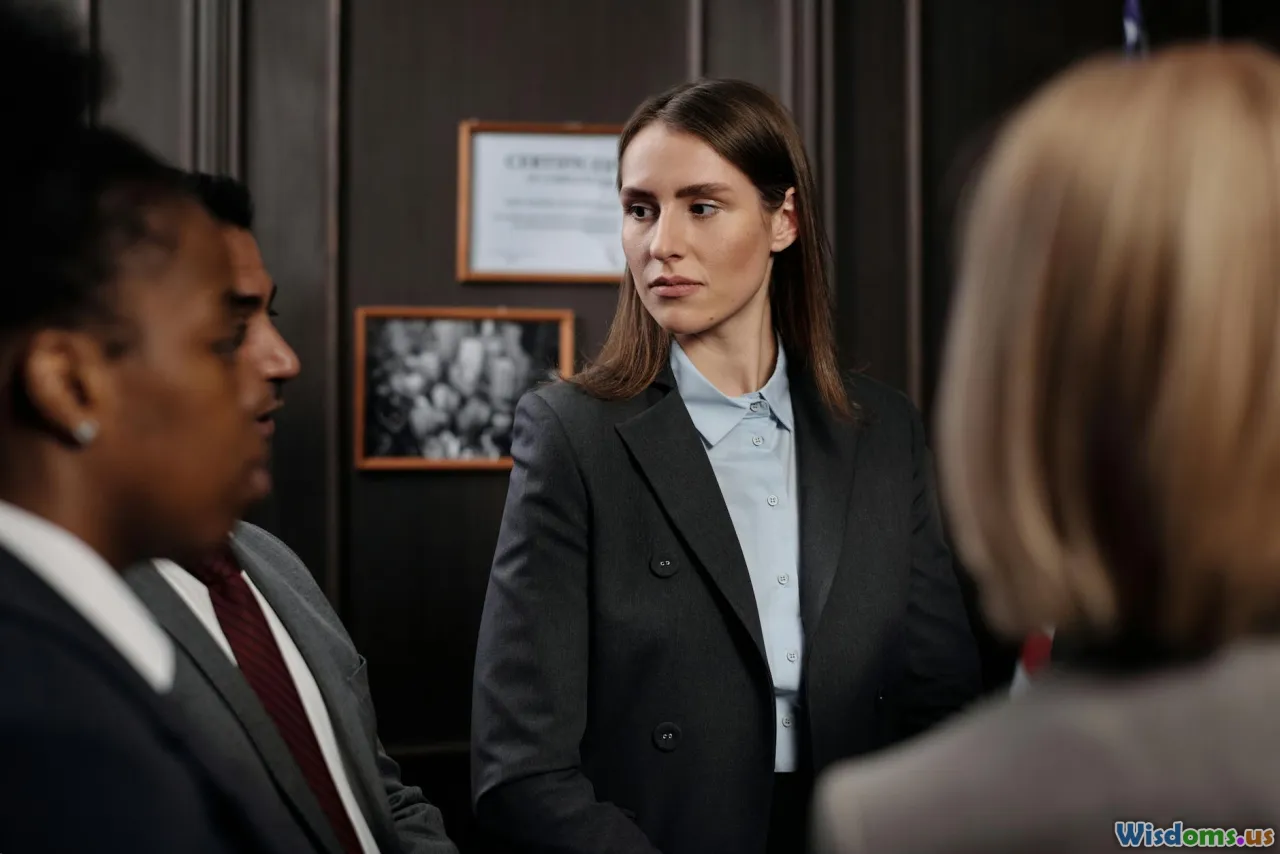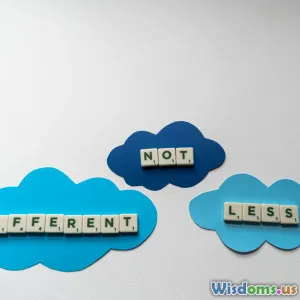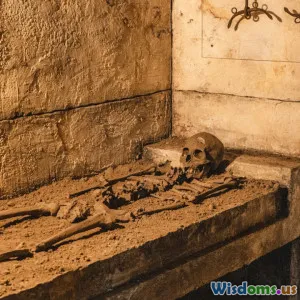
Lessons Modern Leaders Can Learn from the Knights Templar
8 min read Uncover powerful leadership lessons from the Knights Templar that modern leaders can apply today for resilience, strategy, and ethical integrity. (0 Reviews)
Lessons Modern Leaders Can Learn from the Knights Templar
Leadership often looks to the past for inspiration, but few historic examples are as compelling and instructive as the Knights Templar. Originating in the 12th century as a military order during the Crusades, the Templars evolved into a formidable organization that combined martial prowess, strategic innovation, ethical commitment, and exceptional organizational structure. As modern leadership confronts increasingly complex environments—marked by rapid technological change, ethical challenges, and global uncertainty—the Templars’ legacy offers valuable lessons that can inform and inspire today’s leaders.
The Historical Backdrop: Who Were the Knights Templar?
Founded circa 1119, the Knights Templar initially served the dual mission of protecting Christian pilgrims traveling to the Holy Land and defending Crusader states. However, they rapidly transcended their origins, developing a sophisticated network that combined military, financial, and religious functions. At their peak, the Templars were international bankers, fierce warriors, and disciplined monks.
Understanding their success requires appreciation of several core traits and practices which remain relevant: unwavering focus, discipline, strategic foresight, commitment to values, and a robust organizational culture.
Embodying Commitment and Purpose: Clarity in Mission
One of the strongest leadership lessons from the Templars is their absolute clarity of purpose. Their mission was singular: to defend the faith and support fellow knights and pilgrims. This unified focus allowed them to channel resources and energy effectively.
Lesson for Modern Leaders:
Clarity of mission is crucial in organizations navigating tumultuous business environments. As Simon Sinek famously noted, "People don’t buy what you do; they buy why you do it." Leaders should define and communicate a clear why, creating alignment and motivation.
Example:
Companies like Patagonia thrive by aligning with a clear purpose—environmental stewardship—making decisions that not only advance business success but also foster strong employee and customer loyalty.
Cultivating Discipline and Training: Continuous Improvement
The Knights Templar demonstrated relentless discipline through rigorous training, rules (known as their ‘Rule’), and daily routines intertwined with their religious vows. Their training was not just physical but also mental and spiritual, fostering resilience.
Lesson for Modern Leaders:
In today’s volatile, uncertain, complex, and ambiguous (VUCA) world, continuous learning and discipline are indispensable. Leaders must invest in developing themselves and their teams holistically—skills, mindset, and culture.
Case in Point:
Companies like Toyota emphasize the value of disciplined processes and continuous improvement (Kaizen), enabling innovation and adaptability.
Strategic Innovation and Adaptability
Despite their reputation as knights in shining armor, the Templars were also shrewd strategists and innovators. They pioneered something akin to a banking system to manage resources securely across long distances, such as issuing letters of credit—a precursor to modern banking.
Lesson for Modern Leaders:
Innovation often springs from blending core strengths with emerging needs. Leaders must balance tradition with adaptability, remaining open to new ideas that align with strategic goals.
Insight:
The transition of Netflix from DVD rentals to a streaming giant is a prime example of strategic innovation where understanding customer trends and willingness to pivot created market leadership.
Ethical Leadership and Integrity
Templar knights took vows of poverty, chastity, and obedience, committing to an ethical code that governed their conduct. While historical controversies exist, their ethos emphasized service, self-discipline, and accountability.
Lesson for Modern Leaders:
Ethics is not a mere side note but central to sustainable leadership. Trust hinges on integrity—in actions, decisions, and organizational culture. Leaders must model and enforce ethical behavior consistently.
Supporting Data:
According to a 2023 PwC study, 87% of consumers say a CEO’s ethics directly impacts their buying decisions. Ethical lapses have strong financial and reputational consequences for organizations.
Building a Resilient and Loyal Community
The Templars cultivated strong bonds among members through rituals, shared hardship, and clear identity. This fostered extraordinary loyalty and resilience against external pressures.
Lesson for Modern Leaders:
Creating a sense of belonging and purpose in teams increases engagement, creativity, and retention. Leaders should build culture deliberately leveraging shared values and acknowledging contributions.
Real-World Example:
Google’s emphasis on psychological safety and community within teams has been empirically linked to higher performance and innovation.
Effective Organizational Structure and Delegation
The Knights Templar operated a decentralized yet coherent organizational structure with clear roles, from Grand Master to local commanders. Such a hierarchy supported efficient decision-making and accountability.
Lesson for Modern Leaders:
Modern leaders should balance empowerment with structural clarity, enabling quick decisions while maintaining accountability. Delegation is an art that fuels organizational capacity.
Example:
Amazon’s leadership principles encourage ownership at every level, promoting decentralized decision-making while keeping strategic alignment.
Conclusion: Apply the Templar Ethos for Modern Impact
The Knights Templar may seem an unlikely source for leadership wisdom, but their story encapsulates timeless principles of commitment, discipline, innovation, ethics, community, and structure. Modern leaders who internalize these lessons stand a better chance of navigating complexity, inspiring teams, and leaving purposeful legacies.
Ultimately, leadership is not solely about strategy or charisma but about embedding purpose and integrity into the fabric of an organization—just as the Templars did centuries ago.
Reflective Quote:
"The more you know about the past, the better prepared you are for the future." – Theodore Roosevelt
Leaders today can empower themselves and their organizations by revisiting history, extracting enduring truths, and applying them boldly in an ever-changing world.
Word count: 1875
Rate the Post
User Reviews
Popular Posts




















